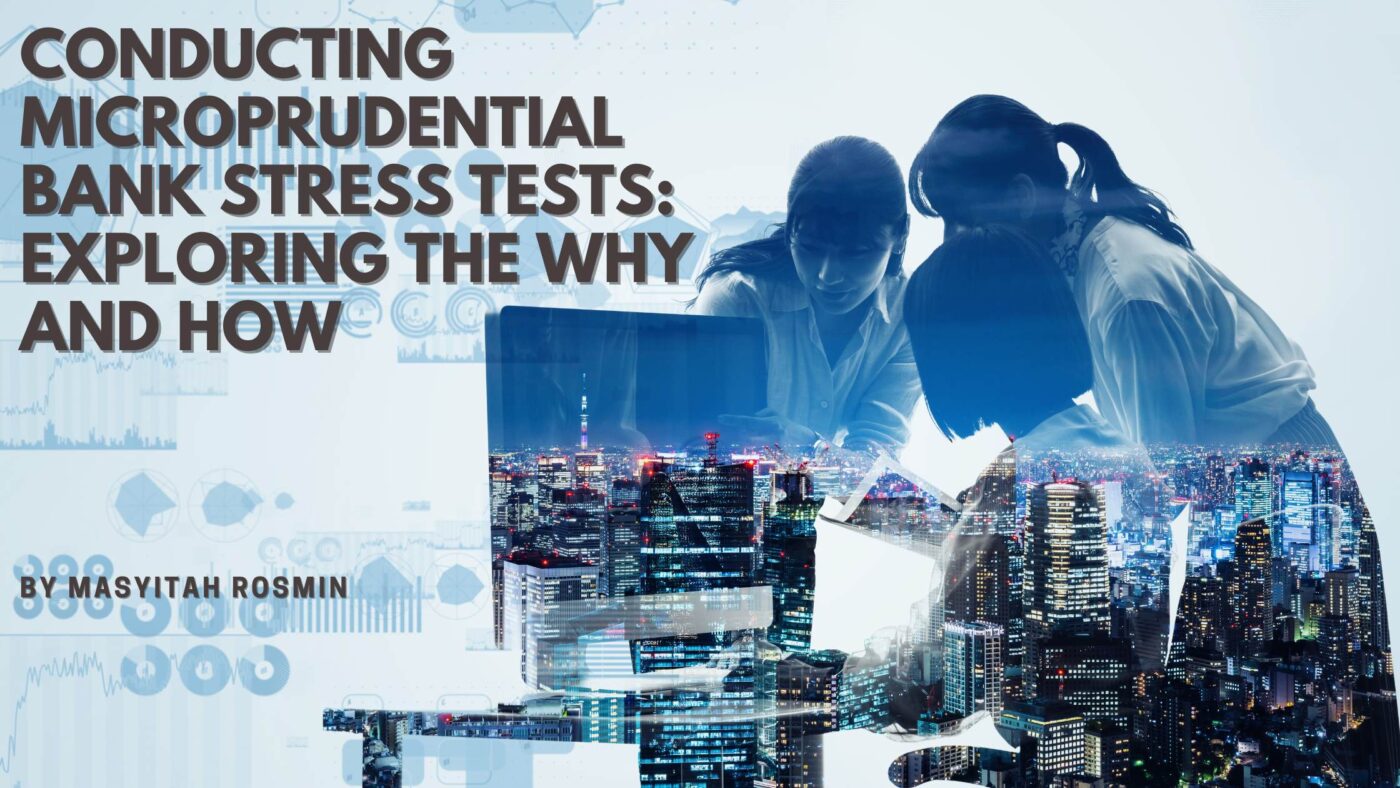Category Archives: Supervision
This blog highlights the key trends shaping the region’s payment and financial landscape and discusses their implications for financial institutions, regulators, and consumers alike. Southeast Asia’s payment landscape is evolving at an unprecedented pace, driven by rapid technological advancements, regulatory developments, and shifting consumer behaviors. The pandemic-induced acceleration of digital transformation has further propelled the […]
The rapid progress of artificial intelligence (AI) has significantly impacted industries, particularly finance and financial services, offering remarkable advancements in efficiency, decision-making and service delivery. But AI adoption has also introduced ethical, legal and societal challenges, including concerns over privacy, bias and accountability. Despite – or perhaps because of – the pace of these developments, […]
The Basel Committee’s consultative document on Pillar 3 disclosures for climate-related financial risks has evoked strong responses. Some feel that the proposed disclosures are not consistent with the objectives of Pillar 3. Some others support the proposals and suggest additional disclosures, including for nature-related financial risks. But what should be the way forward for climate-related disclosures? The author explains.
This desktop survey assesses the extent to which 14 Asian and 6 European Banks are complying with the Basel Committee’s consultative document on disclosure requirements for climate-related financial risks. The survey shows that Asian banks are 25% compliant (63% for the European banks), highlighting that more work is needed to ensure full compliance.
As emphasised in opening remarks by Deputy Governor Jessica Chew at the Central Bank Payments Conference on 11 June 2024 in Kuala Lumpur, “The payment system lies at the heart of economic activity. If money is the lifeblood of the economy, then payment systems represent the veins that allow money to flow to where it […]
Introduction There is a fair degree of consensus that in order to prevent the worst climate damages, global net emissions of carbon dioxide need to fall by about 45 per cent from 2010 levels by 2030, reaching net zero around 2050. To curb the adverse effects of global warming, the Intergovernmental Panel on Climate Change […]
The Basel Committee on Banking Supervision (BCBS or the Basel Committee) has undertaken a lot of work on climate-related financial risks. This blog covers three themes from BCBS’ work on this topic: The focus on climate-related financial risks (and not the broader environment-, nature-, or ESG-related financial risks). Addressing climate-related financial risks within the […]
Background: Additional Tier 1 (AT1) Capital Instruments under Basel III During the global financial crisis (2007-2009), several banks had to be rescued through capital injections by their governments which led to supporting not only the depositors but also the investors in Additional Tier 1 (AT1) and Tier 2 regulatory capital instruments. Inadequate loss-absorption by regulatory […]
The purpose of this blog is to share how fast payments in Asia can be used fraudulently and to illustrate some of counter measures that are being implemented to combat frauds and scams. Across Asia and all around the world, scams and cybercrimes have been on the rise, particularly since the global COVID-19 pandemic. This […]










